Elevate Your Digital Health Platform: Key Features for 2026
When the world faces sudden obstacles on its way, technological advances are one of the first to come ahead and find the best solutions and wise decisions, and digital health platform has become the hero we never knew we needed. The coronavirus pandemic's impact on every life sphere has rapidly changed the way people treat the healthcare system. In terms of revenue, the global digital health platform development market was estimated at barely USD 320.17 billion in 2023 and is predicted to reach a value of USD 995.33 billion by 2032. Consequently, modern healthcare providers sometimes find it challenging to distinguish themselves from competitors and provide their patients with best-in-class digital health platforms, striving to implement exclusive custom healthcare software solutions. We want to present several ground-breaking features for digital health apps to be implemented during 2026. Although it may seem challenging and even too late to jump into such a niche sphere, let us prove you wrong.
And in short, today we will cover the following topics:
- What is a digital health platform? A digital health platform is a software solution designed specifically for fulfilling healthcare needs od both patients and doctors. A digital healthcare platform serves as:
- Telemedicine channel;
- Educational content distribution;
- Electronic Health Records (EHR) monitoring;
- Web document management source;
- 24/7 patient support and consulting;
- What are the must-have features of a digital health platform?
- Scheduling system;
- Several profile types with different access levels: patient, doctor, consultant, admin;
- Payment gateway or subscription plans;
- Telemedicine or a live chat with consultants;
- Health analytics and tailored recommendations;
- Push-notifications;
- Session reminders and prescription system;
- What unique features to integrate into the digital health platform?
- Telemedicine or virtual care;
- Gamification system and educational content distribution;
- Internet of Things (IoT) integrations;
- Personalized user experience and AI features;
- Remote Patient Monitoring (RPM) systems.
Want your patients to experience the best virtual care ever? Find more digital health platform insights below!
- Top Features to Implement in Digital Health Platforms in 2026
- Remote Patient Monitoring (RPM)
- Compelling Examples of Remote Patient Monitoring Implementation
Digital Health Platform Explained
To begin with, let's make sure we understand the definition of a digital health platform and its significance for the healthcare industry overall.
Up-to-date problems require cutting-edge solutions, and digital health platform development aims to fulfill not only patient needs but also those of doctors with the help of SaaS solutions, user-friendly interfaces, patient-centric designs, and various other options.
At its core, the digital health platform development process creates apps that serve as a central hub, connecting patients, health providers, and data to facilitate more efficient, accessible, and personalized healthcare services. In today's age, patients expect seamless access to healthcare information. Digital health platforms are designed to meet these expectations by providing appealing tools that enhance the overall patient experience.
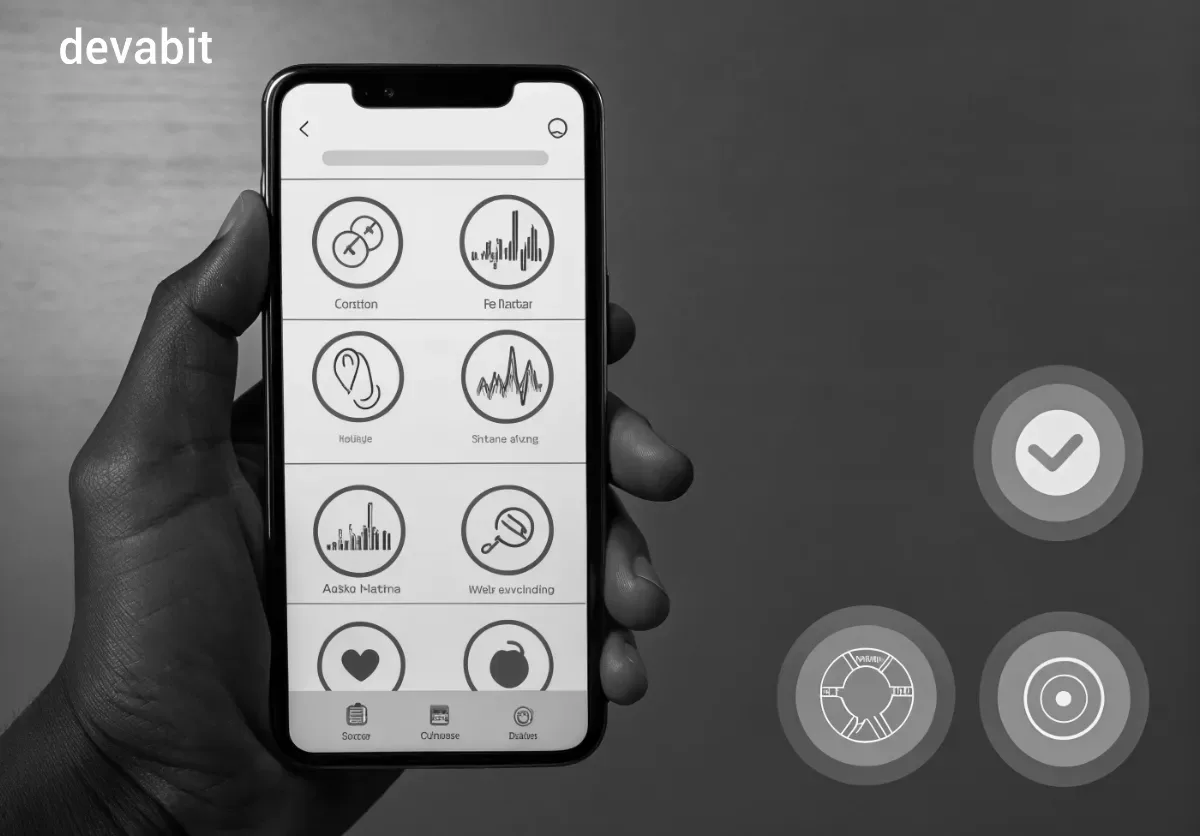
Digital Health Platform Functions
To effectively achieve the goals of digital health platform development, we need to consider its main functions and benefits.
Management and Support
In today's fast-paced healthcare environment, integrating technology is not just a luxury but a necessity. A robust digital health platform development process ensures communication between patients and healthcare providers, enhancing patient experiences and outcomes. One of the primary benefits that digital health platform development can bring to your "business table" is a well-structured management process that will handle a tremendous amount of data and help both recipients reach their goals. Software as a Service (SaaS) will make it easy and effective, whether it is a patient who wants to get a consultation or a nurse preparing a report.
Data Analyzing
The second important function of successful digital health apps is their ability to store, analyze, and exchange data. This capability is crucial not only for individual users but also for healthcare providers seeking to improve patient outcomes. By effectively managing health data, these apps can facilitate better decision-making, enhance personalized care, and track health trends over time. Needless to say, pillars of the technological industry, such as Google, Amazon, and Microsoft, are all cloud-based digital platforms for data storage that are actively used as health apps. Furthermore, SaaS-based solutions are among the best options for providing a secure and reliable working environment.
Enhanced Efficiency
Implementing up-to-date technologies within digital health platform development optimizes and simplifies a range of processes usually completed by a few specialists. This feature not only reduces the number of employees who are supposed to do the same work but also makes the user experience more compelling. Last but not least, digital health platform development allows to reduce staff expenses but instead focuses on cutting off unnecessary procedures or bureaucracy. Saved costs are best to invest in a qualitative digital health platform development to meet evolving patient needs.
Accessibility for Digital Health Platform Users
One of the main goals of digital health platform development is to ensure accessibility to all app users and to create a unique user experience (UX). Thus, UX designers mainly focus on providing well-known services in the simplest and most effective way.
During the process of digital health platform development, one of the key points to consider is a reliable and easy-to-use payment system. It is crucial to provide an appealing solution for a diverse range of users, from Zoomers with the Apple Pay payment method only to elderly people who may require additional assistance. The way to provide a satisfactory user experience is by providing clients with an understandable, fast, and secure payment solution — just as the devabit team did for a healthcare provider.

The Future of Pharmacy Payments: Digital Health Solution by devabit
An all-in-one payment solution for pharmacies was successfully developed by our dedicated team to meet both users' and providers' needs. We managed to create a payment platform equipped with extensive integration capabilities, a seamless importing system, an autopay function for patient accounts, and even more.
So, what makes this project stand out among the competitors and provide trustworthy services worldwide? And the next important question is, what can make your digital health app even more reliable and sought-after?
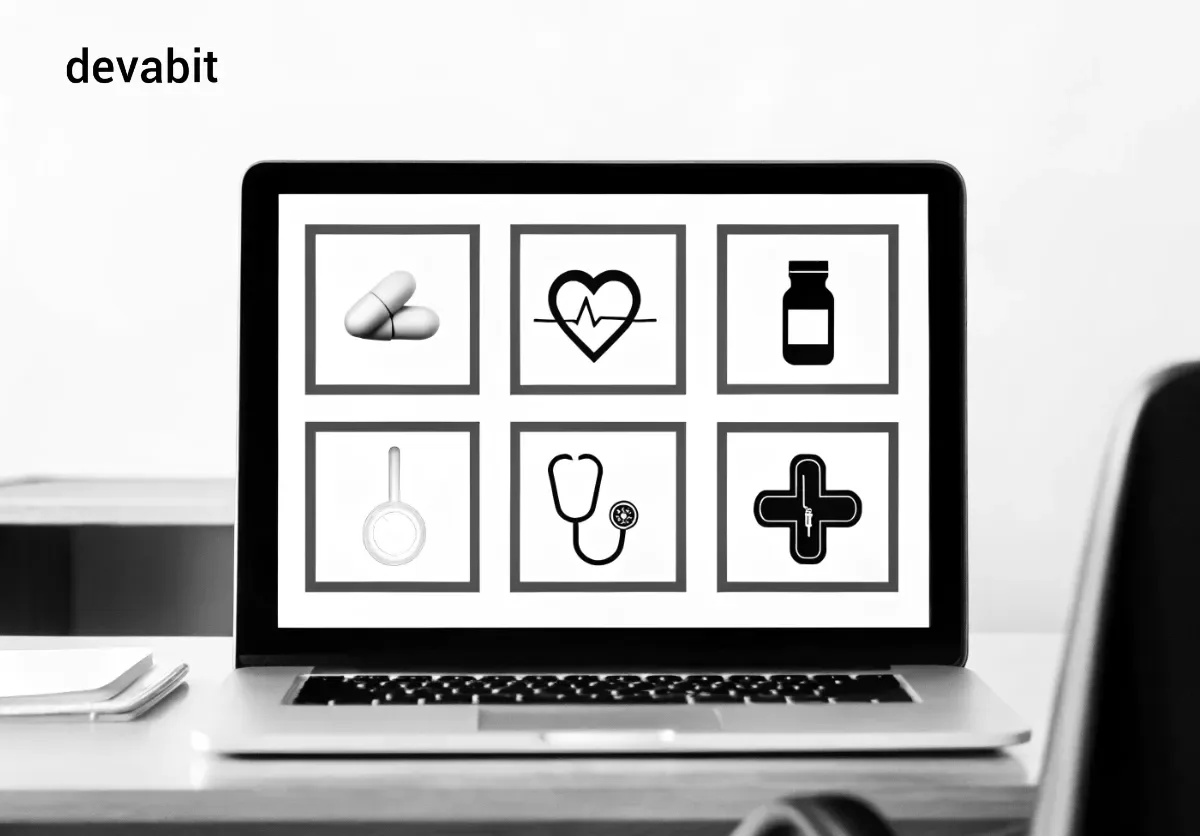
Top Features to Implement in Digital Health Platforms in 2026
Finally, we are moving on to the core of the topic. In order to thrive among various competitors, we should consider the fast-paced development of the healthcare system in general, modern issues impact, such as pandemics or economic factors, and the ever-evolving patient demands.
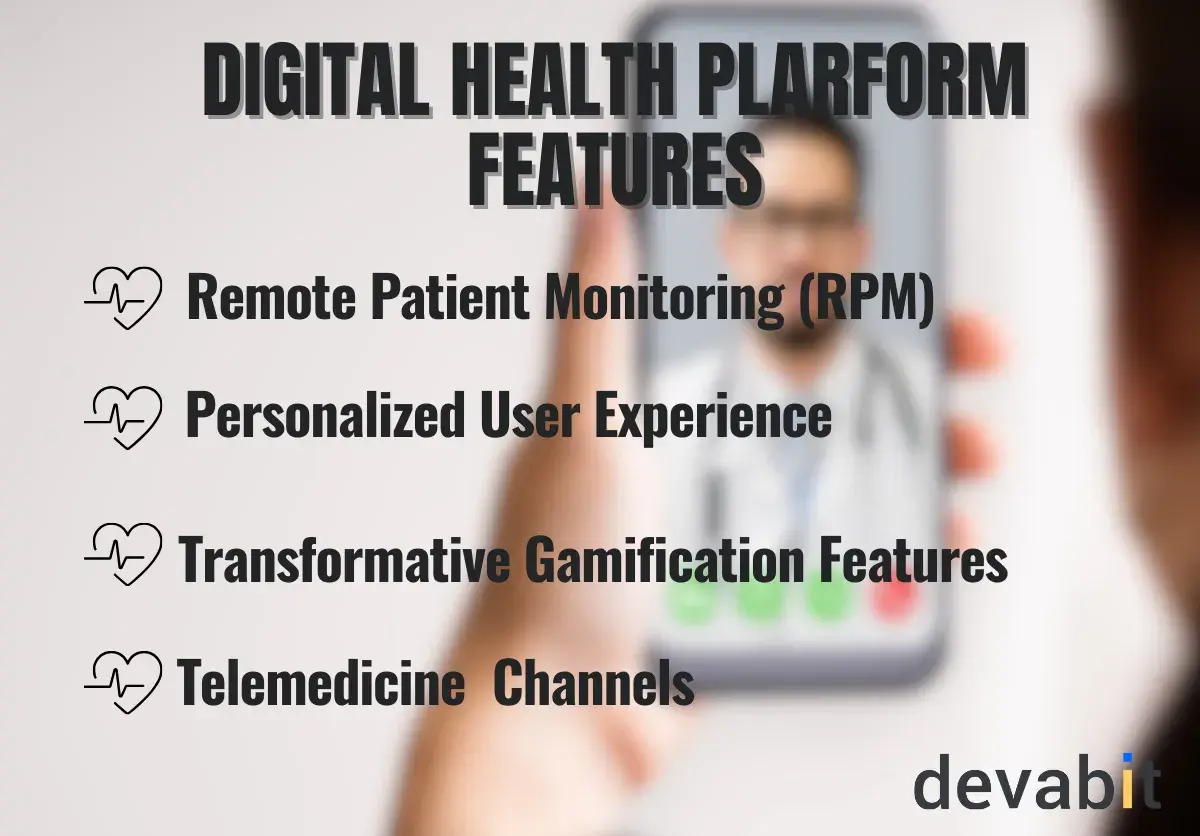
Our first point mainly focuses on the need to expand digital health app functions beyond appointment scheduling or telemedicine services. Today's users no longer stick to only one device, and it is the developers' responsibility to keep up with newly-set demands.
Remote Patient Monitoring (RPM)
Leading digital health platforms offer not only essential healthcare services but also provide their users with unique experiences. They may include continuous health tracking, thoughtful feedback, permanent support, and comprehensive data analysis.
Remote Patient Monitoring (RPM) is a bunch of technologies aimed at tracking and analyzing any possible health changes, issues, and general data with the help of wearable or portable devices. RPM is mainly implemented to treat high-risk patients with chronic diseases or conditions requiring continuous observation. However, there are several ways in which RPM can meet most users' needs.
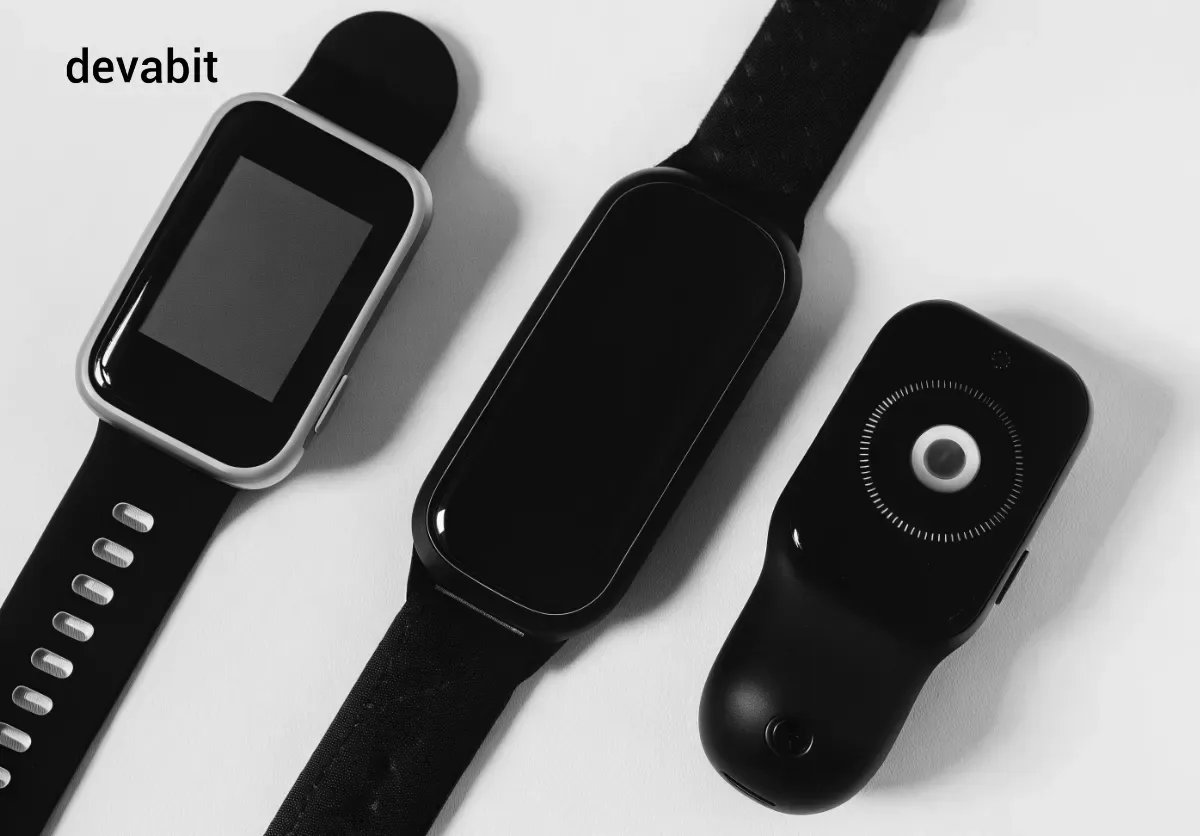
Compelling Examples of Remote Patient Monitoring Implementation
Smartwatches
One of the most accessible and widespread ways of health tracking is fitness or smartwatches. Collected data, such as heart rate, activity levels, blood pressure, and sleep hours, can be analyzed on a digital health platform to create personalized patient recommendations. This technology offers opportunities for continuous care, extending beyond occasional doctor sessions.
Glucose Meters
An essential tool for observing and treating individuals with diabetes. This feature could be used as a tracker of blood sugar levels and a data collector for healthcare professionals. Developers can use analyzed information to create personalized treatment plans, provide telemedicine sessions in response to sharp changes, or offer convenient educational content for patients.
Cycle Tracking Options
According to the National Institutes of Health, approximately 50 million women worldwide use digital cycle tracking platforms. How about implementing this feature into a health app to provide more detailed feedback or support for women? By collecting data on cycle length, menstruation, ovulation, and other metrics, the app can provide users with educational content about myths or general knowledge in this field. Incorporating AI analysis can help answer potential questions or address issues. Meanwhile, the platform could also recommend scheduling an appointment with a specialist if necessary.
Diet or Caloric Intake Tracking
A digital health app can also provide services for people looking for dietary advice or an easy-to-use calorie calculator to help them lose, gain, or maintain weight. Additionally, the platform can utilize AI data analysis to create personalized diets or exercise plans for each user's needs.
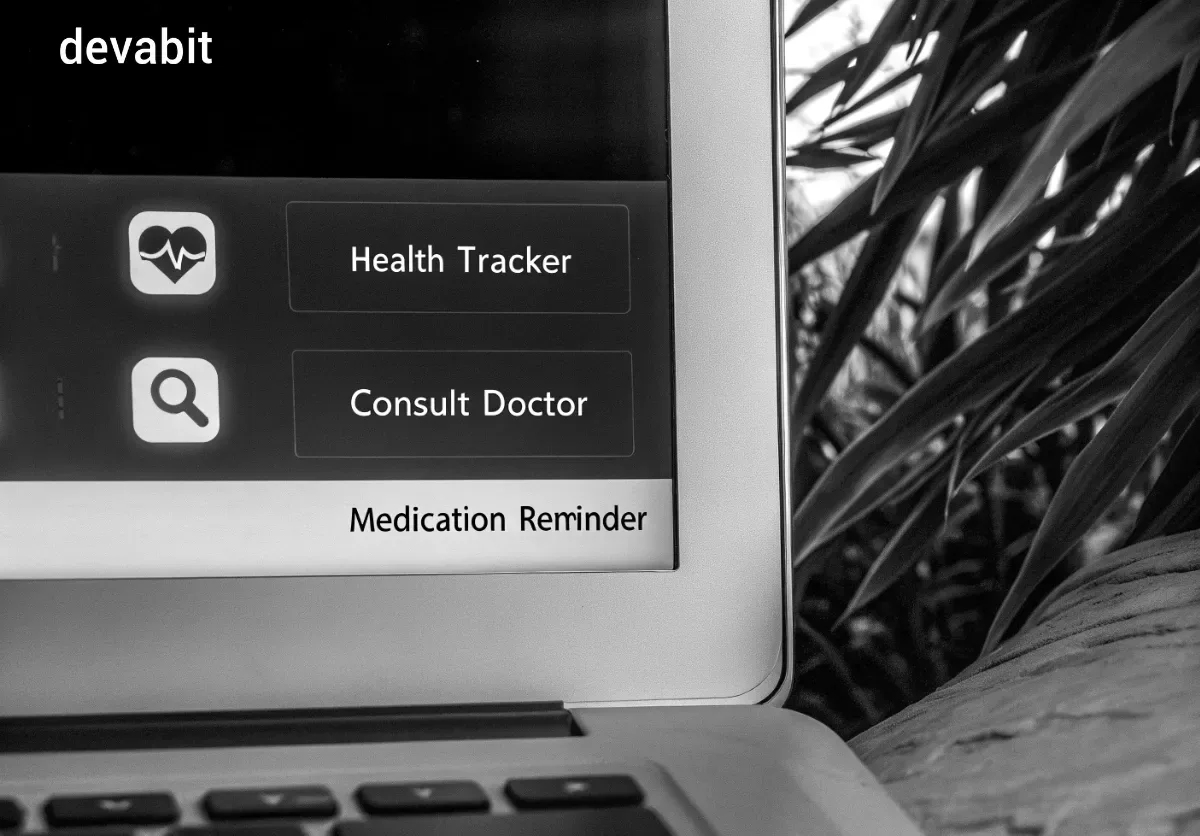
RPM System Advantages for Digital Health Platform Development
The central concept behind remote patient monitoring is to employ a flexible system that will appeal to any device, whether it runs on iOS, Android, or web-based. The key to maintaining user loyalty lies in meeting their evolving needs and constant development to keep pace with current trends.
User Engagement
RPM technologies bring benefits to deep data analysis for further improvements or changes, keeping users engaged and motivating them to take care of their health within your app. By providing the patients with statistics about their achievements or offering educational content tailored to their needs, the platform can encourage more frequent visits and increase the variety of services users engage with.
Besides, providing educational content creates an opportunity for potential collaboration with reliable educational resources or institutions.
Simplified Access
Most users today strive to use their time and other resources ergonomically. This demand is relevant to vast opportunities for remote patient monitoring. The tracking process allows patients to avoid unnecessary medical procedures, many of which can now be completed at home. Furthermore, regular measurements can help people gain a better understanding of their health and give them peace of mind without stressful and time-consuming hospital visits.
Versatility
As mentioned earlier, people worldwide utilize tracking apps for various purposes, such as caloric count, period monitoring, sleep and activity rating. The primary idea of a versatile digital health platform development is an integration of separate tracking features into one application. This approach can encourage the users to choose your platform over competitors. Serving as a mediator of data from patients to health institutions positively influences both sides and stimulates continuous cooperation and trustworthy relations.
These are only three main benefits of remote patient monitoring. Among other potential advantages are reduced expenses on in-person sessions, early detection of possible developing diseases, the opportunity to gather patients' feedback about service quality for further improvement, and an expansion of referral options.
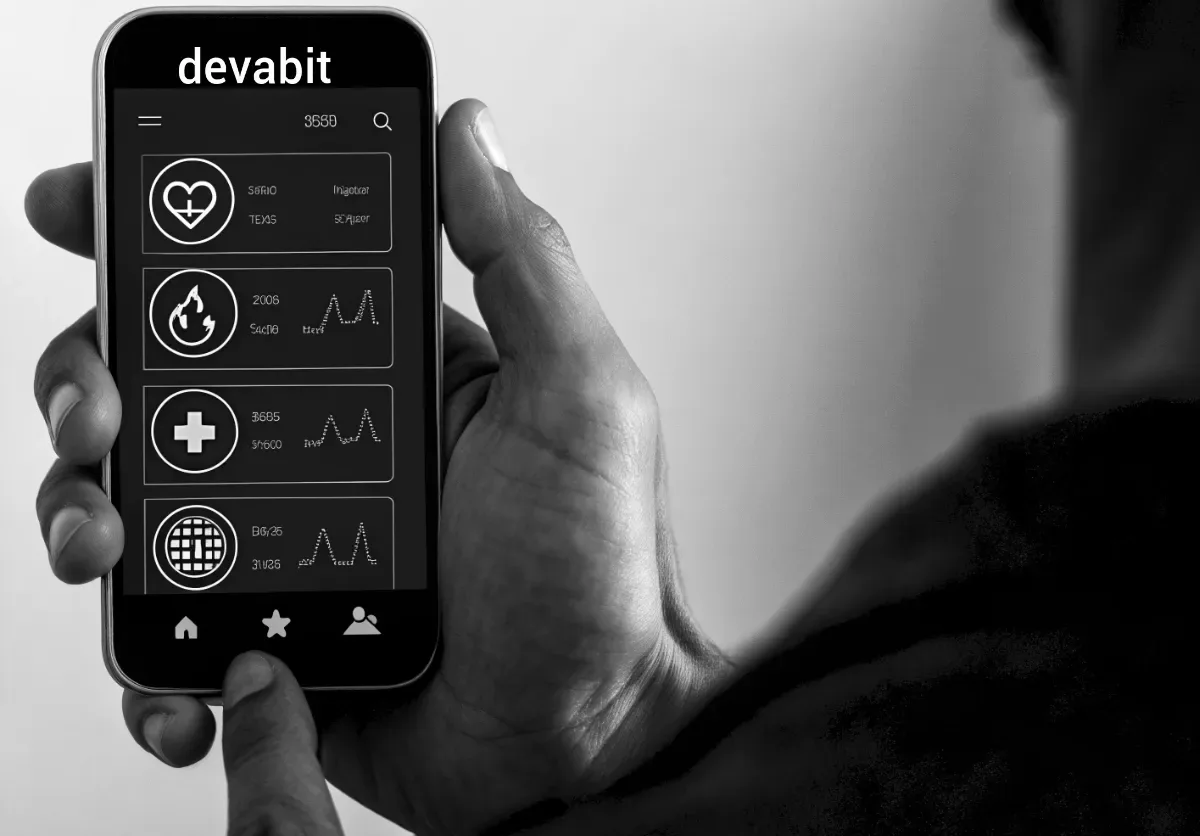
Personalized User Experience in Digital Health Apps
It is a well-known fact that one of the first things to consider in the process of digital health platform development is an appealing user experience or UX. Simply put, implementing UX includes exploring various strategies for enhancing user engagement, satisfaction, and overall effectiveness in addressing individual needs. Here are some of the key features to consider when designing your future health app:
Customized Recommendations
At first glance, this may seem a bit odd for a health app feature, but let's look closely at the potential of this attribute. The wise use of patients' data and analysis of their appointment history, activity levels, and health goals will lead to personalized recommendations. These could include tailored diet plans, scheduled appointment reminders, exercise regimens, or even health specialists' suggestions. In addition, implementing AI technologies can boost personalized patient feedback or advice opportunities.
AI Assistant
Continuing the topic of AI features, we should consider creating an assistant to solve patients' issues or give answers to requests. Implementing AI assistants can effectively resolve the problem of slow or inefficient feedback. Furthermore, we can explore opportunities for the assistant to make suggestions for further appointments based on patients' needs. Give artificial intelligence a chance to provide your users with a fulfilling experience of delivering answers to their questions and solutions to their issues.
Enhanced Engagement Strategies
If we are talking about general accessibility and an improved user experience, we often refer to well-known features of a qualitative app, such as:
- Multi-Language Support
- Inclusive Design Elements
- Adjustable Display Contrasts
- Voice Commands
- Human Design
However, have you ever thought about incorporating gamification features in your digital health platform? If not, it is time to reflect on this idea!
Overall, "gamification" is no longer about child-centric apps or educational platforms. Today, developers and entrepreneurs face specific challenges connected with consumers' high standards and demands due to an overwhelming amount of choices. Sometimes, surprising an average user and offering unique services can be complicated. Consequently, introducing your clients to gamification elements in a digital health app is a great way to maintain the attention of existing users and attract new ones.
Gamification features' potential can also be unlocked in childcare through incorporating visually engaging designs for educational purposes. By implementing gamification mechanics, digital health platforms can enlighten young minds and help kids familiarize themselves with essential concepts such as first aid rules, disinfection, and a healthy lifestyle importance in a fun way.
Duolingo, a digital language learning platform, is one of the most outstanding examples of successful gamification use. Recognized as the best application for iPhone and Android from 2013 to 2014 and stably ranks among the top most popular learning apps. By deploying various gamification features, the developers successfully keep involving new learners worldwide while maintaining the quality of their services over time.

Transformative Gamification Features to Implement in Your Digital Health Platform
Reward System for Regular Users
How about praising your most dedicated users with small rewards? You would be surprised how virtual achievements can boost patients' interest in further cooperation. Integrating such recognition strategies will lead to improved outcomes and stronger relationships between users and the service provider.
Progress Tracking
Providing statistics about patients' actions can give them a positive perspective on their progress. Additionally, developers could analyze stored data to make predictions or stimulate user engagement. Acknowledging achievements, no matter how small, can boost their confidence and consistent participation.
Visually Interacting Elements
Considering the digital health platform development, we must remember that a visual aspect of the interface or separate elements directly influences a user's willingness to use a specific app or service. Do not neglect such elements as a color theme or a pleasant personalized design.
Engaging and Motivating Push-Notifications by Digital Health App
Referring to the earlier-mentioned Duolingo app, digital health platform developers can use several kinds of informative push notifications to stimulate more frequent platform use, inform users about any upcoming changes, and engage them in exploring all the available services. Consider using humorous or not-too-serious messages to encourage users to explore the educational content offered by your health platform.
Customizable Avatars
One more unobvious feature for enhancing user engagement is the implementation of customizable avatars or interfaces. In some cases, customers may prefer an app that offers more appealing design choices only for aesthetic reasons. Providing adjustable elements could give your platform superiority and encourage users to choose your app over more conventional competitors.
Educational Mini-Games
Digital health platforms should not be considered only as telemedicine providers or appointment scheduling applications but also as an easy way of spreading health education. By incorporating informative features such as quizzes, victories, or tests, we can educate the users on such crucial topics as AIDS, puberty changes, cancer symptoms, sex education, or the latest healthcare advancements.
Moving on to the next point of our top, we will continue with the topic of telemedicine and its role in the process of patient treatment.
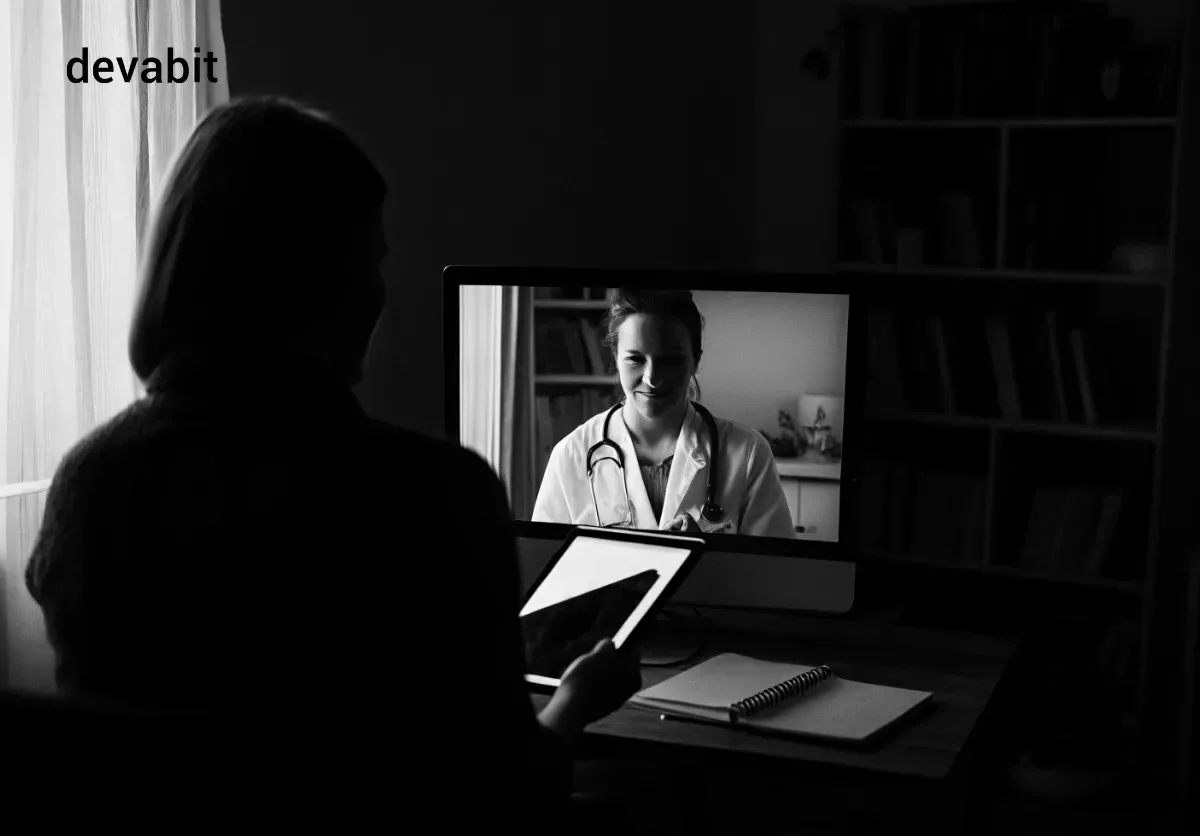
Telemedicine Feature in Digital Health Platform
The concept of telehealth is not new, but it has emerged since the onset of Covid-19 as never before. Quarantine restrictions revealed an actual demand for the telemedicine sphere, highlighting its key advantages, such as:
Accessibility for Digital Health Platform Users
Online doctor sessions offer benefits beyond pandemic-related needs. They also allow individuals with disabilities to access consultation services more efficiently. In contrast, busy professionals or suburban residents save much time having therapy sessions from any location and at their convenience.
Time Optimization
This term focuses on accessibility to reduce time-consuming procedures and enhance time efficiency. Telemedicine eliminates long queues and delays, providing a more productive and qualitative service.
Budget Efficiency
One more significant advantage of telemedicine is cost savings, which enables developers to concentrate on digital platform development. Online services reduce expenses related to such aspects as personal protective equipment or upkeep of a physical office. Additionally, digital health platforms help patients save money on commitment costs, fuel, parking fees, or lost wages due to sick leave.
Flexibility
Imagine having an opportunity to receive medical advice via phone from a professional located hundreds of miles away at any convenient time. Telemedicine broadens horizons for efficient and quick service. With technical advancements, digital health platforms can facilitate medical consultations through audio, video chats, or even quick text messages.
Health Risks Minimized
Lastly, our top priority is patients' and medical workers' safety. In this case, telemedicine addresses the issue of possible illness threats and reduces unnecessary social interactions. Online sessions not only help patients avoid risks of illness spread but can also provide essential support for persons with social anxiety issues, allowing them to receive necessary help without added stress.
When developing a digital health platform, it is essential to consider not only the technical aspects of a user-friendly design but also consumers' needs and pain points, as well as potential future demands or personal preferences of a particular age group. To provide a unique and appealing service, we must incorporate relevant features and improve the already existing fundamentals of a health app. Check some more innovative telemedicine ideas to implement during this year:
- AI-driven recommendations or summaries after each session.
- Virtual waiting rooms that offer educational content. Make every minute productive.
- Multi-language support during video chats with real-time subtitles. Break down language barriers.
- An E-prescription system developed in collaboration with pharmacies.
- Blockchain technology for secure data sharing.
- Online therapy group sessions and support groups.

Looking Ahead: Digital Health Platform Development in 2026 and Beyond
The digital health platform development industry is rapidly evolving, creating new opportunities for the successful implementation of the latest technologies and user engagement strategies. However, entrepreneurs face issues driven by highly evolving standards set by various stakeholders, including potential users, competitors, AI-technology spread, economic factors, and quickly changing trends.
The primary idea of surviving and standing out among hundreds of similar platforms is not being similar and offering a unique, fulfilling user experience. Gaining users' dedication and building lasting, faithful cooperation is a lengthy process. Learn more about our successful solution for a large pharmacy company and see how you can get the most out of our services.
Can you already envision your ideal, one-of-a-kind digital platform? Whether you need help with UX\UI design for healthcare apps or building a robust telehealth platform, devabit team can wrap it up for you like a fine gift. Explore our healthcare software solutions or contact us now to get the most out of the latest healthcare trends.
Recent Publications
Don't miss out! Click here to stay in touch.
Discover Our Custom Healthcare Solutions

Relevant Articles View all categories
View all categories CONNECT WITH US WE’RE READY
TO TALK OPPORTUNITIES
THANK YOU! WE RECEIVED YOUR MESSAGE.
Sorry
something went wrong



